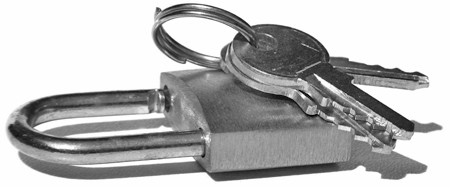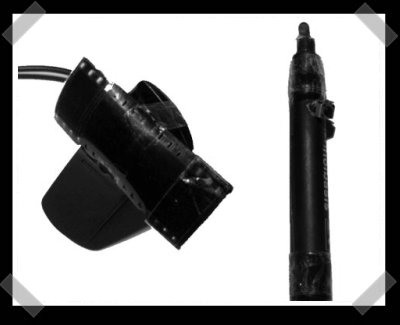[youtube=http://www.youtube.com/v/Gjzm1A5-GMk&w=470]
Back in May we mentioned AcidMods’ spitfire mod that enabled rapid fire (amongst other things) and was undetectable by Xbox Live. The parts list was quite low, needing just a PIC16F84A and a few other components, which led to third parties selling controller mod kits on eBay. The AcidMods team has figured out a new way to enable rapid fire using just a momentary switch and the necessary wire to hook it up. All you need to do is wire in the switch between the ground on the controller LED and the middle pin on the trigger. The only caveat is that because it’s hardwired to the LED, you can only use the mod on the particular port you’re using the controller on.
The reason it’s so simple is because the Xbox 360 controller uses pulse width modulation to “dim” the LED on the controller, creating a rapid high/low signal. When the momentary button is depressed, it routes this rapid high/low signal to the trigger input on the controller, which is then input to the Xbox 360. Hit the read link for a couple more videos explaining this hack.
While this modification is undetectable by Xbox Live, it does create an unfair advantage in multiplayer gaming and could result in your account being banned.
[via Xbox-Scene]
Related: Xbox 360 Hacks, Xbox Hacks
















